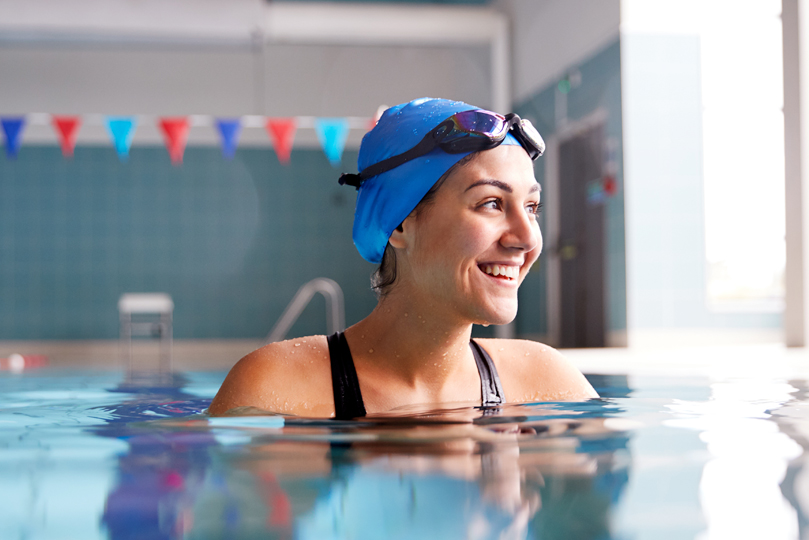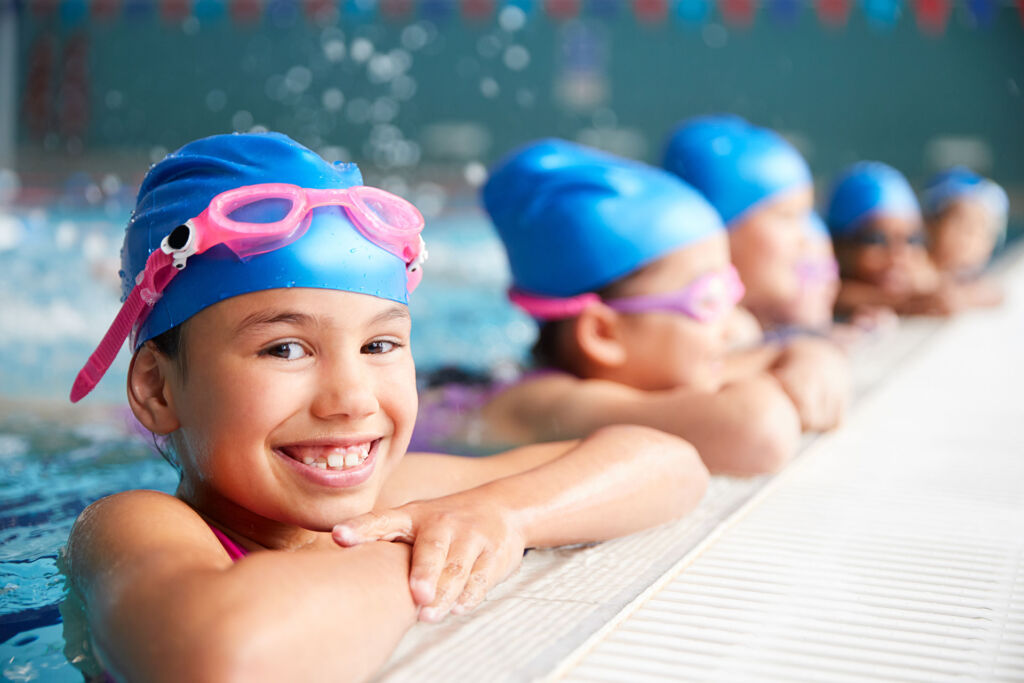Welcome to
Kingfisher Renmore
The Gym that gives you more
- National Quality Standard – Outstanding Leisure 2023 Award
- 100+ Classes a week
- 25m Swimming pool, Sauna & Steam Room
- State-of-the-art workout equipment
- Advice from expert personal trainers
OPENING HOURS
7:00am – 9:00pm
Saturday, Sunday &
Bank Holidays:
9:00am – 5:30pm
CALL US ON:
(091) 773344
Welcome to
Kingfisher Renmore
The Gym that gives you more
- National Quality Standard – Outstanding Leisure 2023 Award
- 100+ Classes a week
- 25m Swimming pool, Sauna & Steam Room
- State-of-the-art workout equipment
- Advice from expert personal trainers
OPENING HOURS
Monday – Friday:
7:00am – 9:00pm
Saturday, Sunday &
Bank Holidays:
9:00am – 5:30pm
(091) 773344
STATE OF THE ART GYM EQUIPMENT
Our gym offers over 120 pieces of fitness equipment. With both pin and plate loaded strength pieces, as well as a huge range of dumbbells and kettlebells. Life Fitness treadmills, cross-trainers, stepmills and cycles for cardiovascular training. There are even Watt Bikes, assault bikes, ski ergs and IC8 High Performance Cycles for challenging power training for all athletes.
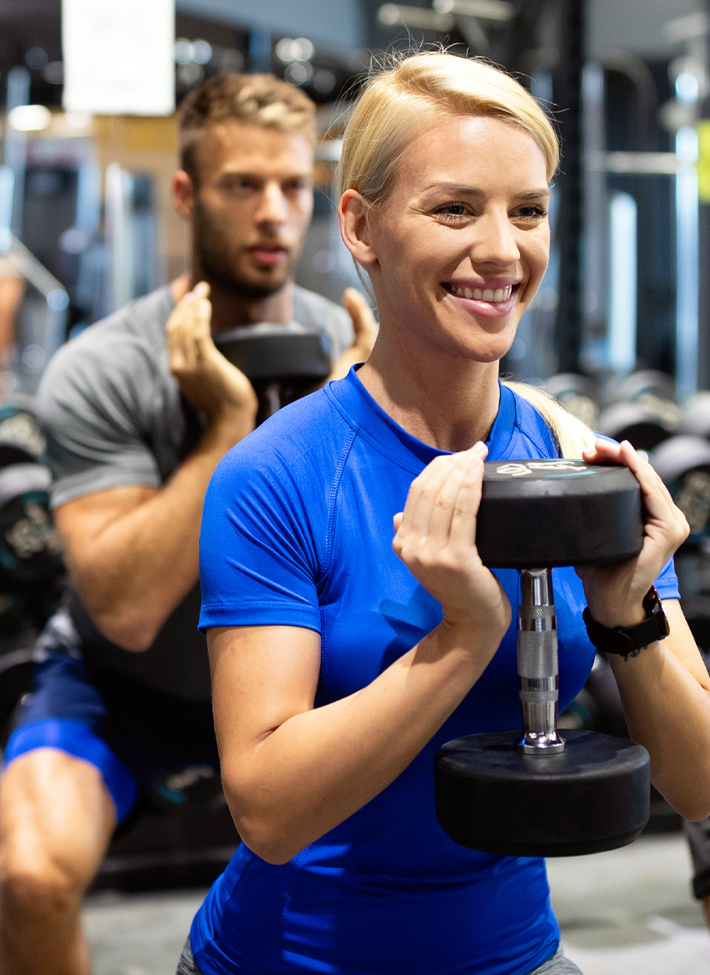
Our huge selection of dumbbells, bars, benches, rigs, racks and plates will give you everything you need to challenge yourself and improve your form
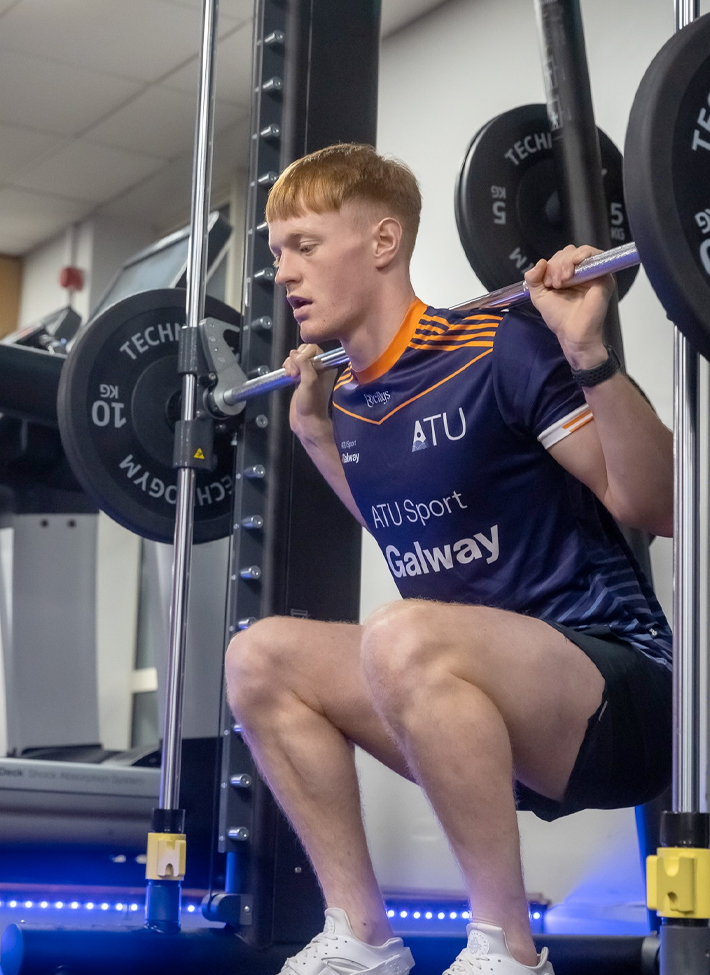
Get the most out of your workout with our selection of plate & pin loaded Technogym and LifeFitness equipment.
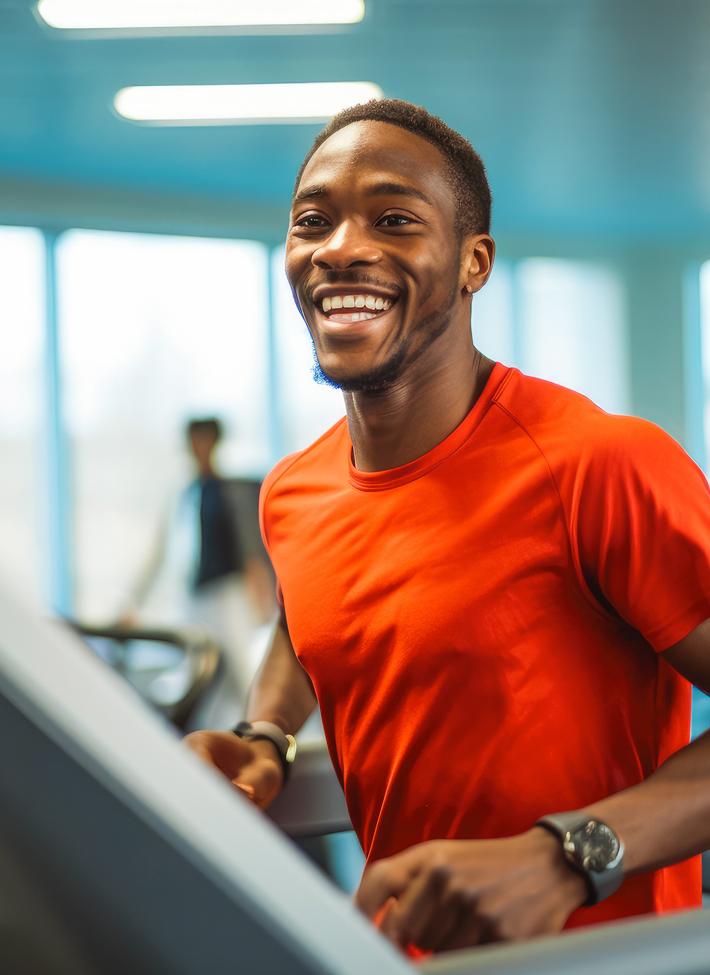
LifeFitness market leading treadmills, cross trainers, bikes & other equipment. High or Low intensity cardio we have it all!
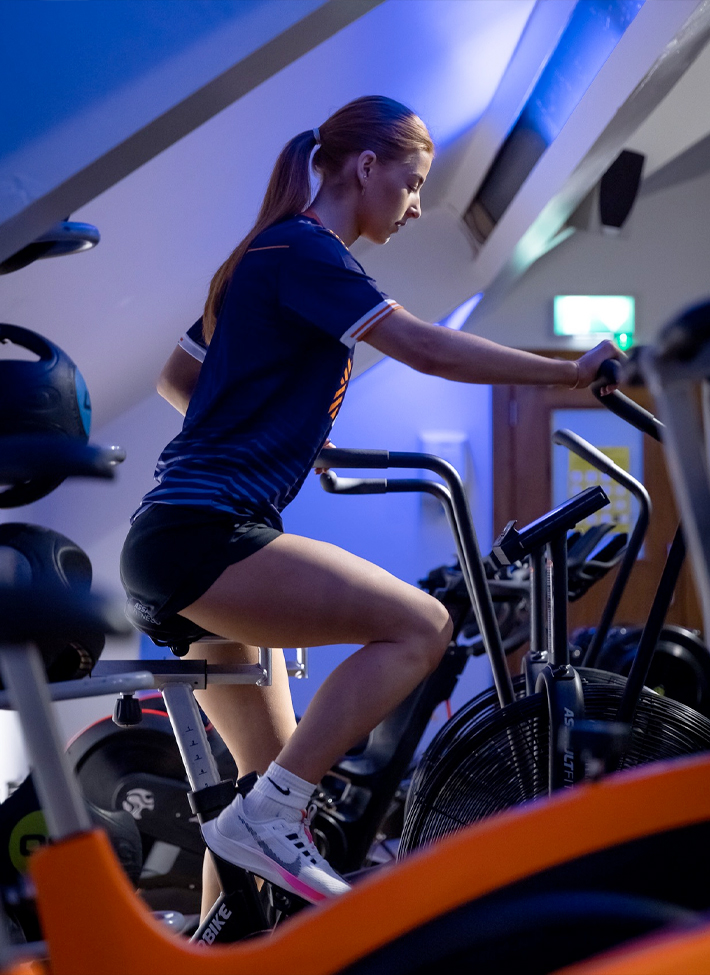
Assault Bikes, Ski Ergs, IC8 and Watt Bikes will help challenge you to work on your flexibility and core.
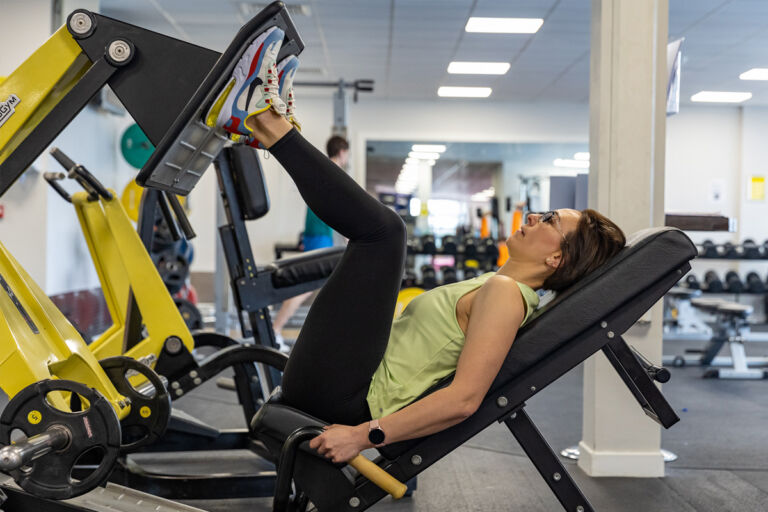
Our NEW Hip thrust, Hack Squat Glute & Hamstring Developer, have been added to our impressive leg training section.
a place where you can improve your physical health & well-being, while being part of the kingfisher community
Our fitness club is located at the heart of Renmore. We take pride in providing the highest standard of fitness equipment, group exercise classes and leisure services to ATU students and staff, as well as members of the wider general public.
Our 25 metre swimming pool, provides competitive and leisure swimmers. The swimming pool environment is always supervised by a qualified lifeguard and is easily accessible. Relax in our sauna and steam rooms which offer welcome heat therapy.
The group exercise studio offering a range of over 100+ live and virtual fitness classes a week, there’s a class type to suit everyone from RPM, The Trip, Sprint, Body Balance, Body Pump, Sh’Bam and the intense Grit series.
Our state of the art gym offers overs one hundred pieces of fitness equipment. With both pin and plate loaded strength pieces, as well as a huge range of dumbbells and kettlebells, there’s plenty to challenge everyone from the novice to the pro experienced strength trainer. Our New Techno gym hammer pure strength is design for full body workout focusing on glutes. If you are looking for cardiovascular training our wide range of Life Fitness treadmills, cross-trainers and cycles provide everything you need for a great workout.
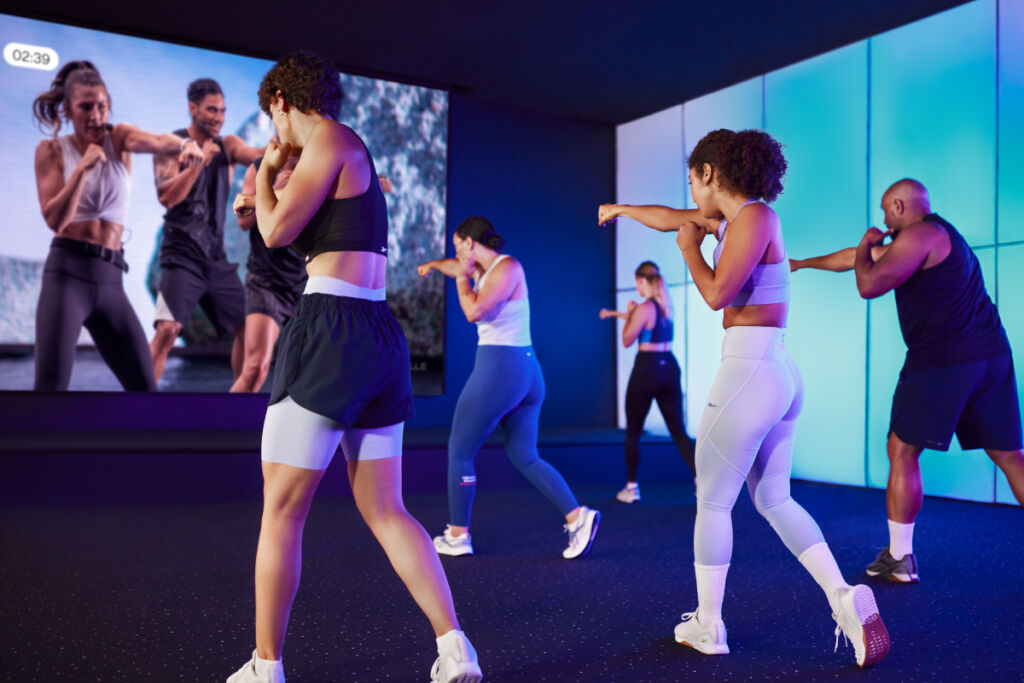
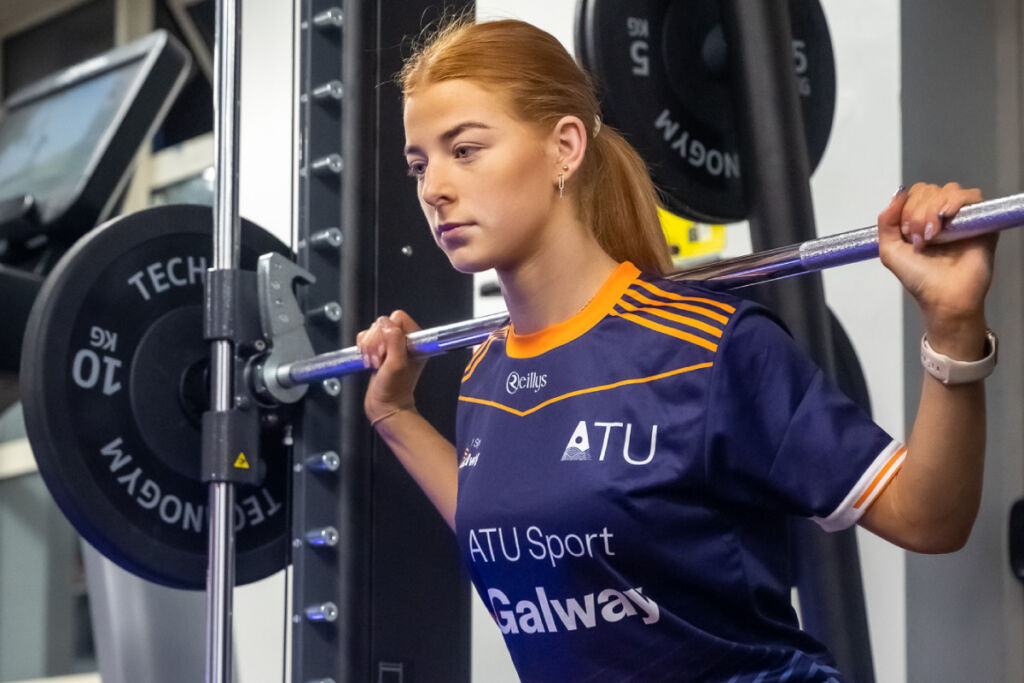
Our Facilities

Our Facilities

BECOME
A MEMBER
Kingfisher Renmore have everything you need covered from our state of the art gym, to our 25m pool, 100+ fitness classes or simply just chill out in the Sauna or steam room.
BECOME A MEMBER
Kingfisher Renmore have everything you need covered from our state of the art gym, to our 25m pool, 100+ fitness classes or simply just chill out in the Sauna or steam room.


